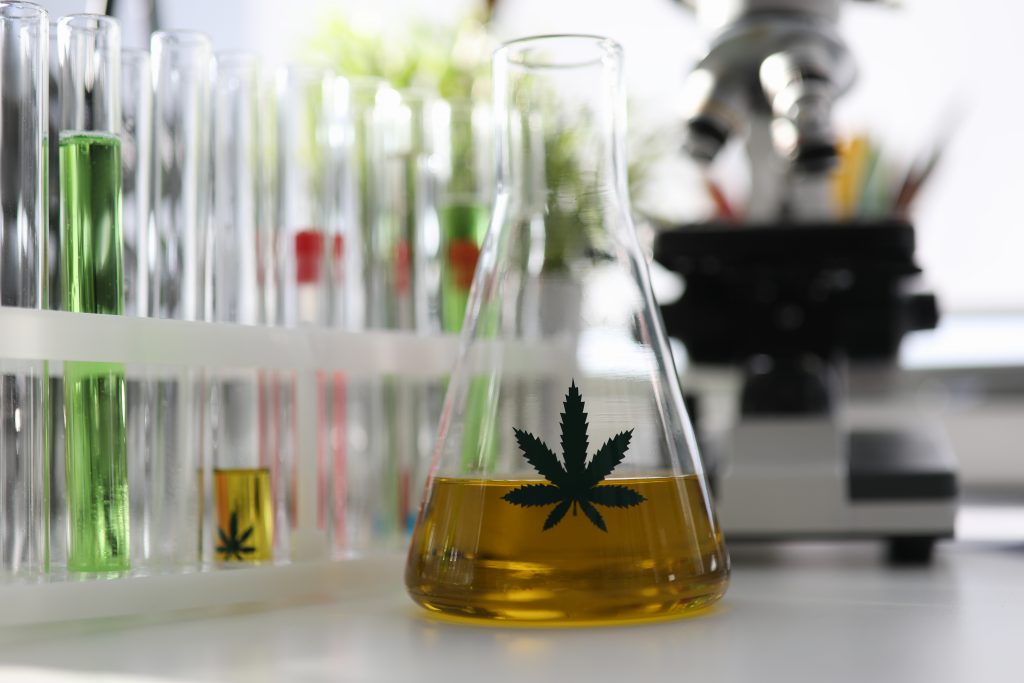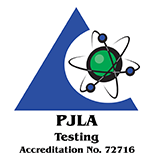Residual solvents are organic volatile chemicals that are used during production for a range of benefits such as additional yield and determining chemical characteristics (purity, crystal formation, solubility) but are not completely cleansed from the final product. In numerous industries, including the industrial hemp industry, testing is required to see if any solvents persist in the final product. The FDA has listed three different classes of solvents: Solvents to be avoided (1), solvents to be limited (2), and solvents with low toxic potential (3). With varying degrees of severity, it is important to use Gas Chromatography and Mass Spectroscopy (GC/MS) to analyze what residual solvents are in a product along with the respective amounts in order to abide by national regulations. On top of safety, results may also help determine the efficiency of production that goes into a sample.
|
|
|
Action Limit 1.0 µg/g
|
|
|
| Analyte, Action Level (µg/g) | ||
|
|
|


